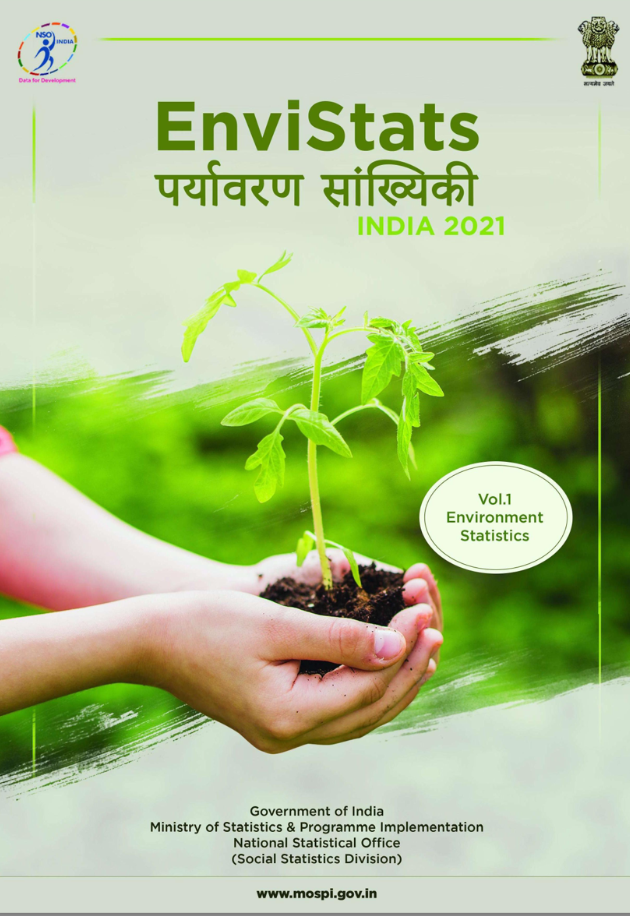Food System Impacts on Biodiversity Loss. Three Levers for Food System Transformation in Support of Nature
This paper explores the role of the global food system as the principal driver of accelerating biodiversity loss. It explains how food production is degrading or destroying natural habitats and contributing to species extinction. The paper outlines the challenges and trade-offs involved in redesigning food systems to restore biodiversity and/or prevent further biodiversity loss, and presents recommendations for action. The paper introduces three ‘levers’ for reducing pressures on land and creating a more sustainable food system.


